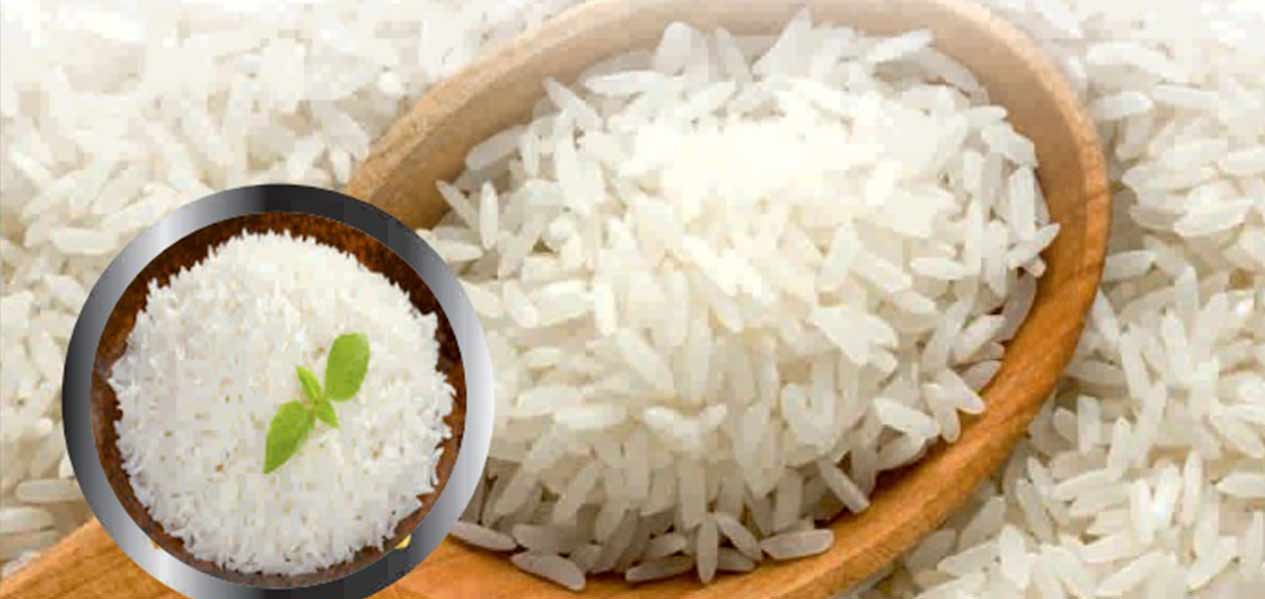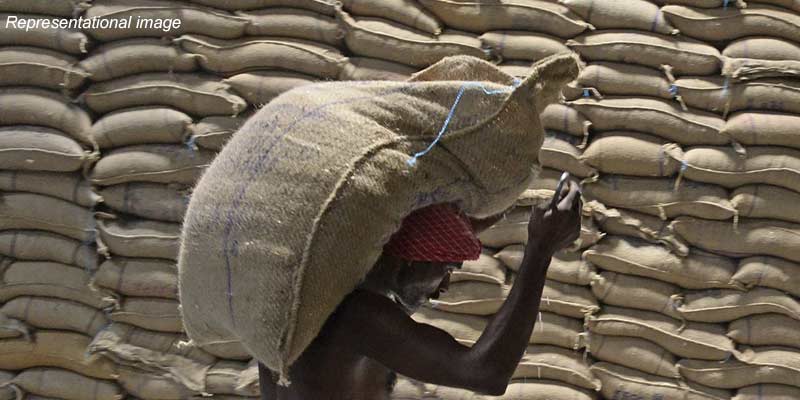- India
- Apr 09
Explainer / Benefits of rice fortification
The Cabinet Committee on Economic Affairs, chaired by Prime Minister Narendra Modi, approved supply of fortified rice throughout the Targeted Public Distribution System (TPDS) under the National Food Security Act (NFSA), Integrated Child Development Services (ICDS), Pradhan Mantri Poshan Shakti Nirman-PM POSHAN and Other Welfare Schemes (OWS) in all states and Union Territories by 2024 in a phased manner.
The Prime Minister in his address on the 75th Independence Day had announced that fortified rice will be provided through all central government schemes by 2024.
The entire cost of rice fortification would be around Rs 2,700 crore per annum and it will be borne by the central government as part of food subsidy.
What is fortification?
• Fortification is the practice of deliberately increasing the content of an essential micronutrient — vitamins and minerals (including trace elements) — in food, so as to improve the nutritional quality of the food supply and provide a public health benefit with minimal risk to health.
• In other words, it is the addition of key vitamins and minerals such as Iron, Iodine, Zinc, Vitamins A & D to staple foods such as rice, wheat, oil, milk and salt to improve their nutritional content.
• The Copenhagen Consensus estimates that Re.1 spent on fortification results in benefits worth Rs 9 to the economy.
• In October 2016, FSSAI operationalised the Food Safety and Standards (Fortification of Foods) Regulations, 2016 for fortifying staples namely wheat flour and rice (with Iron, Vitamin B12 and Folic Acid), milk and edible oil (with Vitamins A and D) and double fortified salt (with Iodine and Iron) to reduce the high burden of micronutrient malnutrition in India.
• The ‘+F’ logo has been notified to identify fortified foods.
• At present, all the major oil producers in the country are voluntarily fortifying at least one brand in their product portfolios.
What is the difference between fortification and biofortification?
• Biofortification is the process by which the nutritional quality of food crops is improved through agronomic practices, conventional plant breeding, or modern biotechnology. Biofortification differs from conventional fortification. Biofortification aims to increase nutrient levels in crops during plant growth rather than through manual means during processing of the crops.
Importance of rice fortification in India
• Rice fortification is the process of increasing essential micronutrients in rice, so as to improve the nutritional quality of the food supply and provide a public health benefit with minimal risk to health.
• India is a leading rice producing country and 65 per cent of the country’s population consumes rice on a daily basis. The per capita rice consumption in India is 6.8 kilograms per month.
• Rice is therefore a large source of calories and core component of agriculture and nutrition in most of India though low in micronutrients.
• Milling of rice removes the fat and micronutrient rich bran layers to produce the commonly consumed starch white rice while polishing further removes 75-90 per cent of Vitamin B1, Vitamin B6, Vitamin E and Niacin.
• Fortifying rice provides an opportunity to add back the lost micronutrients but to also add others such as Iron, Zinc, Folic Acid, Vitamin B12 and Vitamin A.
• There are scientific publications in over 25 countries, including India, demonstrating that consumption of extruded fortified rice is safe and effective in women and children and can significantly address haemoglobin status, iron-deficiency anaemia, iron deficiency (ferritin levels), and improve status of other critical micronutrients including Vitamin A, Zinc, Folic Acid and Vitamin B12.
What are the various technologies available for rice fortification?
There are three main technologies available to produce fortified rice. They are: coating, dusting and extrusion.
i) In the coating method, the nutrient (vitamin or mineral mix) is combined with ingredients such as waxes and gums. It is then sprayed on the surface of rice grains in several layers. This is then blended with polished rice at about a ratio of 1:100.
ii) In dusting, micronutrients in the form of fine particles are blended with bulk rice. This method makes use of the electrostatic forces between the rice’s surface and the micronutrients.
iii) In India, rice is fortified using extrusion technology. In this technology, milled rice is pulverized and mixed with a premix containing vitamins and minerals. Fortified Rice Kernels (FRK) are produced from this mixture using an extruder machine. FRK is added to traditional rice in a ratio ranging from 1:50 to 1:200 resulting in fortified rice nearly identical to traditional rice in aroma, taste, and texture. It is then distributed for regular consumption.
Supply of fortified rice through TDPS
The government had piloted in 2019-20 distribution of fortified rice in 11 states through PDS and nearly 4.30 lakh tonnes of grain in their identified districts till March this year. The states are Andhra Pradesh, Gujarat, Maharashtra, Tamil Nadu, Chhattisgarh, Uttar Pradesh, Odisha, Telangana, Madhya Pradesh, Uttarakhand and Jharkhand.
The three phases for implementation are:
• Phase-I: Covering ICDS and PM POSHAN in India all over by March 2022, which is under implementation.
• Phase-II: Phase I above plus TPDS and OWS in all aspirational and high burden districts on stunting (total 291 districts) by March 2023.
• Phase-Ill: Phase II above plus covering the remaining districts of the country by March 2024.
Manorama Yearbook app is now available on Google Play Store and iOS App Store


